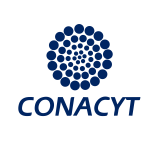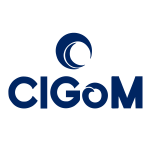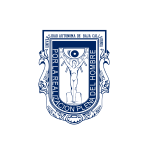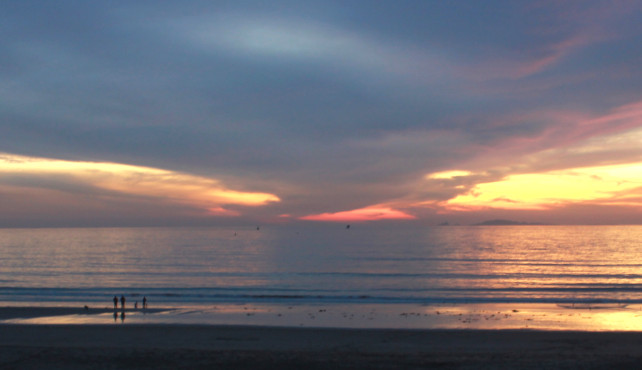Query observational data in real time.
OORCo collects met-oceanic data in the regions of the Gulf of Mexico, the Mexican North Pacific and the Mexican Caribbean, obtaining oceanographic parameters (i.e. currents, temperature and waves), drift trajectories (Lagrangian) and meteorological variables. OORCo's innovation is the implementation of wireless telemetry protocols and web interfaces, which allow the visualization of these variables in near-real time, in addition to the fact that all its measurement instruments are open-source, designed and partially built in the oceanic instrumentation laboratories of the Autonomous University of Baja California.
The In Situ Remote Oceanographic Drifter (DORIS), is an oceanographic probe designed to make autonomous measurements and transmit them to the user in real time.
The IIO-UABC electronics laboratory has designed a low-cost wireless GPRS telemetry system for real-time transmission.
We have high-performance computing servers that assimilate, process, and perform quality control of our data, so it remains operational 24 hours a day, 365 days a year.
We provide users of the coastal maritime zone with useful information to plan, optimize and carry out marine activities safely.
We design new technology for oceanographic observations.
Trust
During its lifetime, OORCo has had different sources of financing, thanks to which it has been able to perfect its techniques and include new measurement and telemetry technologies in real time.
Some of the sources of financing have been: CONACyT, CNA, SEP, SENER, Municipal Government of Ensenada and some private companies such as Pacífico Aquaculture SAPI de C.V. During 2014, OORCo joined the Gulf of Mexico Research Consortium (CIGoM) with the aim of expanding its coverage area to the Gulf of Mexico.




OORCo was originally created to monitor the coastal area of the municipality of Ensenada, Baja California Mexico. At the beginning of its operations in August 2012, its objective was to measure ocean currents in real time, using oceanographic radio scatterometers. Another great innovation of OORCo was the fact of measuring currents and reporting them in real time through a public domain web platform.
Today OORCo covers the entire length of the Gulf of Mexico and the Mexican North Pacific, obtaining oceanographic parameters, multi-parametric autonomous satellite probes (DORIS), and autonomous meteorological stations (EMAs) with real-time telemetry.

